The story of the Lady of the Clock, or How a British family traded time for almost a hundred years
Categories: Europe | History | Science
By Pictolic https://pictolic.com/article/the-story-of-the-lady-of-the-clock-or-how-a-british-family-traded-time-for-almost-a-hundred-years.htmlModern watches are fairly accurate devices. But in the 19th century everything was different. Mechanical watches lagged a little during the day, and a solid error accumulated over several days. Therefore, it was periodically necessary to set the exact time using reliable sources. Today, this can be done without much difficulty using the Internet. But once upon a time, only astronomers who observe the movement of the heavenly bodies could determine the exact time. It was they who passed this valuable information to other people. But it was not easy to convey it to everyone in need, and this was done by "time merchants".
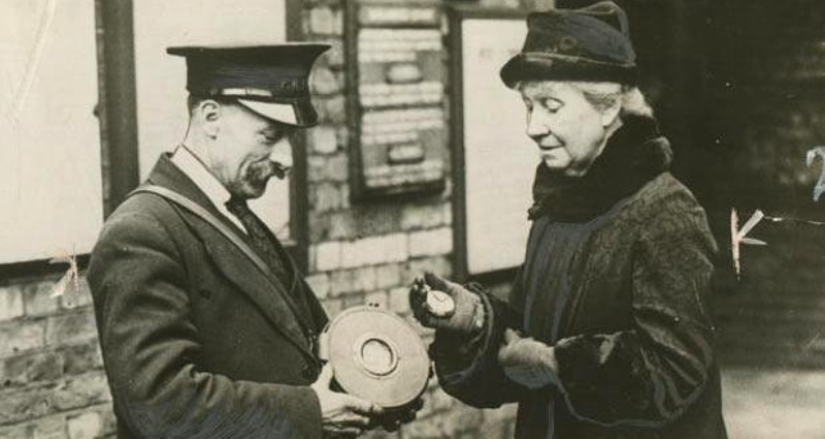
The main and most official source of accurate time in Britain was the Royal Observatory in Greenwich. To transfer data to all those in need, this solid organization used a variety of ways. Ships stationed in the roadstead near the coast received the exact time thanks to gun shots or with the help of flags. People who were within sight of the observatory were shown the time using a special ball on the spire of the building.
Later, the observatory installed a large clock with a 24-division dial at the gate. Now everyone who was not too lazy to walk to the building could check their chronometer with the reference one. But it was not convenient for everyone. Not everyone could afford to cross the whole of London on foot or by carriage, just to check their watches.
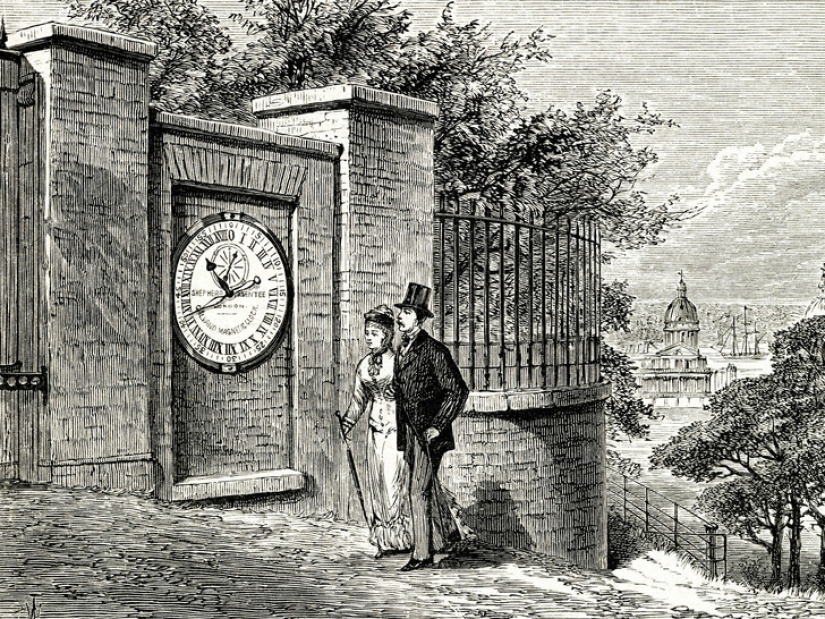
But one day, John Belleville, an assistant at the Greenwich Observatory, came up with a brilliant idea. He came up with the idea of delivering the exact time to Londoners... at home. Of course, it had to be paid for. Every morning Belleville set his pocket watch by the time of the observatory and went on a trip around London. For a small fee, he transmitted the exact time to everyone who needed it.
There were a lot of people who wanted to check their watches. John's services were used by more than two hundred citizens. Mostly they were sailors, railway workers, engineers and businessmen, for whom the exact time was very important. Also among the clients were ordinary Londoners, inclined to punctuality.
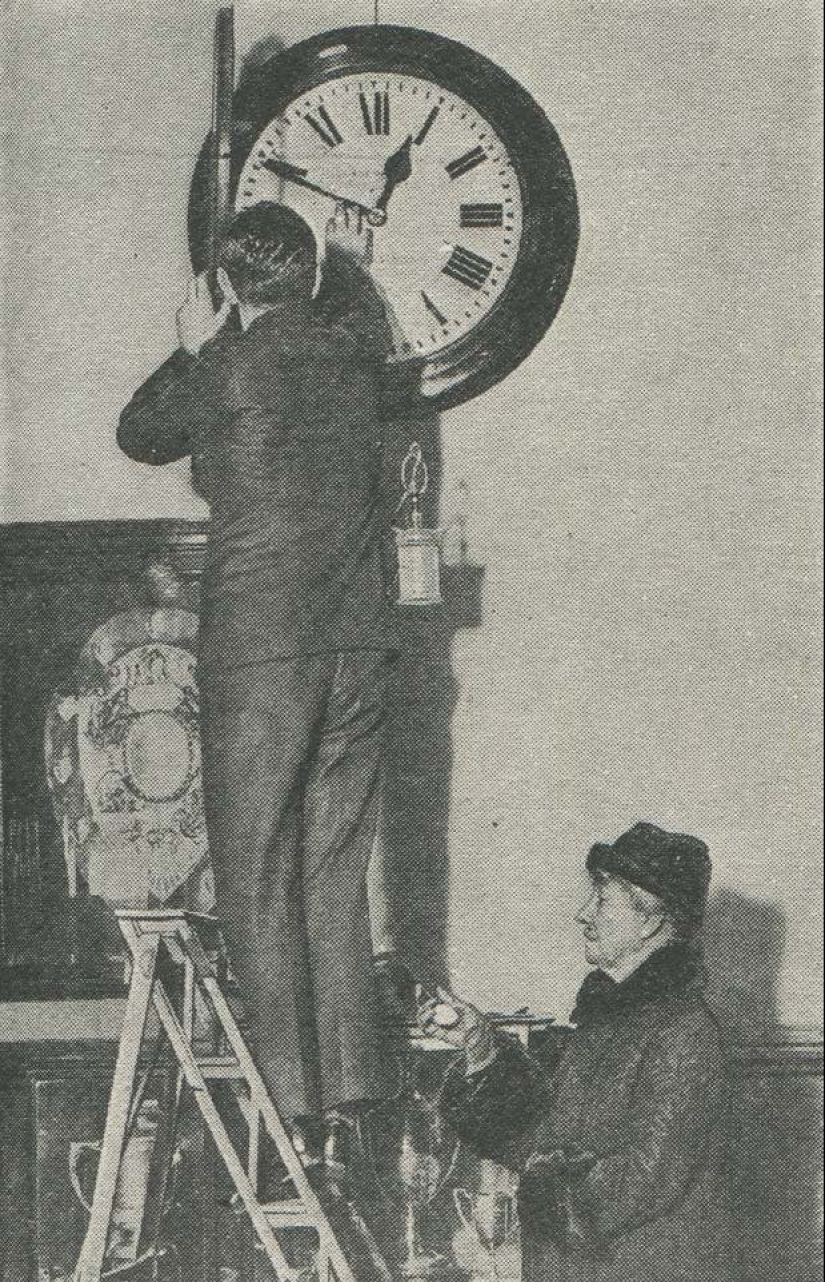
The "Time Seller" treated his business very responsibly. For work, he purchased the most modern pocket chronometer by John Arnold, which showed the time with an accuracy of a tenth of a second. It was a very expensive watch that only very rich people could afford. One of the owners of Arnold's chronometer was the Duke of Sussex, a member of the royal family.
The chronometer was enclosed in a gold case, but John Belleville replaced it with a silver one. He was afraid that the gold watch attracted too much attention and could be stolen. Belleville traveled around London until his death in 1856. But after his death, the business did not cease to exist. The widow, Maria Belleville, took up her husband's business. The sale of exact time was quite a profitable business and the woman successfully engaged in it until 1892, when she turned 80.
The widow of the first time trader transferred her business to her daughter Ruth. But by this point, the Belleville family had a lot of competitors. The main ones were telegraph companies. True, entrepreneurs were helped out by the fact that not everyone had the equipment for such synchronization and there was demand for the service.
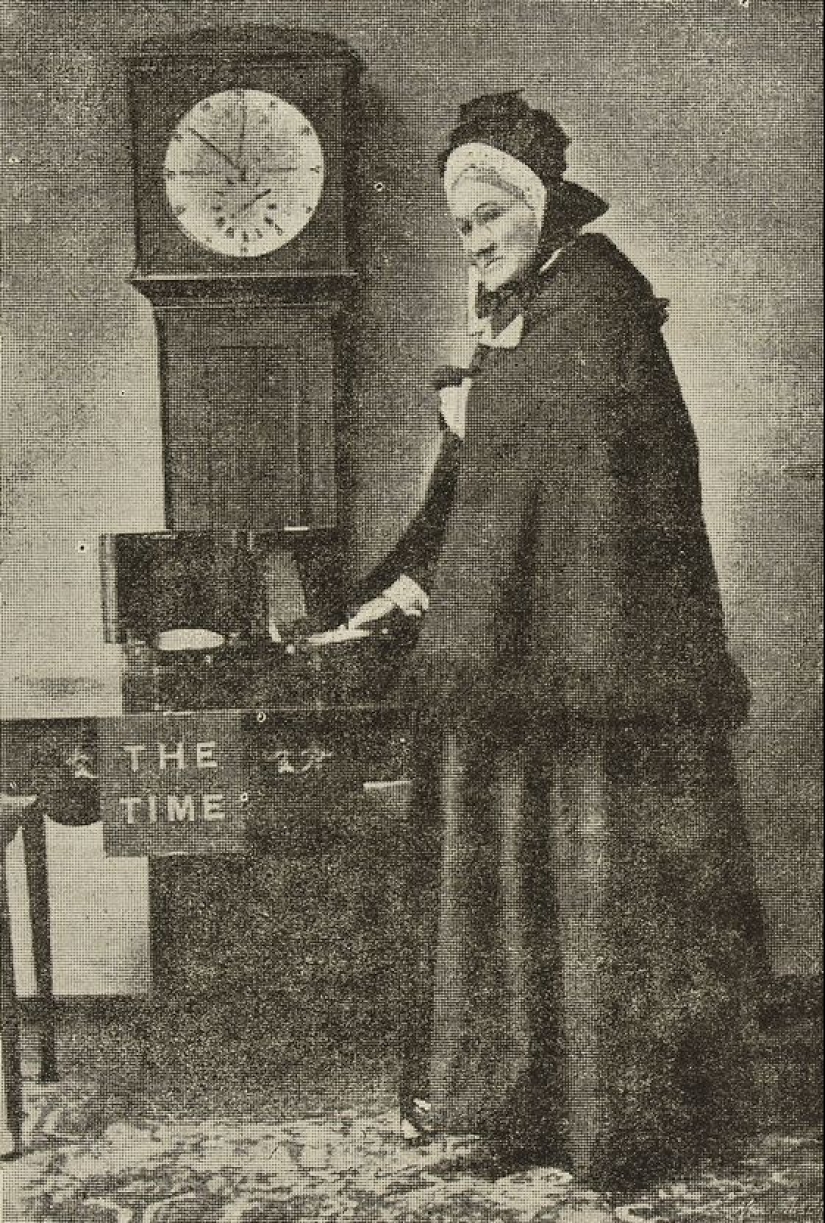
Ruth Belleville has been criticized a lot for her archaic way of working. It was the 20th century, and the scheme was still used, from the first half of the 19th century. The woman also suffered from the machinations of competitors, among whom were both her private colleagues and entire telegraph companies. She was accused of using her feminine attractiveness to promote her service.
Ruth was pestered by reporters, and all sorts of juicy stories appeared in the press every now and then, of course, fictional. But such a fuss about Miss Belleville did not destroy her case, but, on the contrary, increased interest in it. After a series of scandals, the woman's income went up, after a long-term decline.
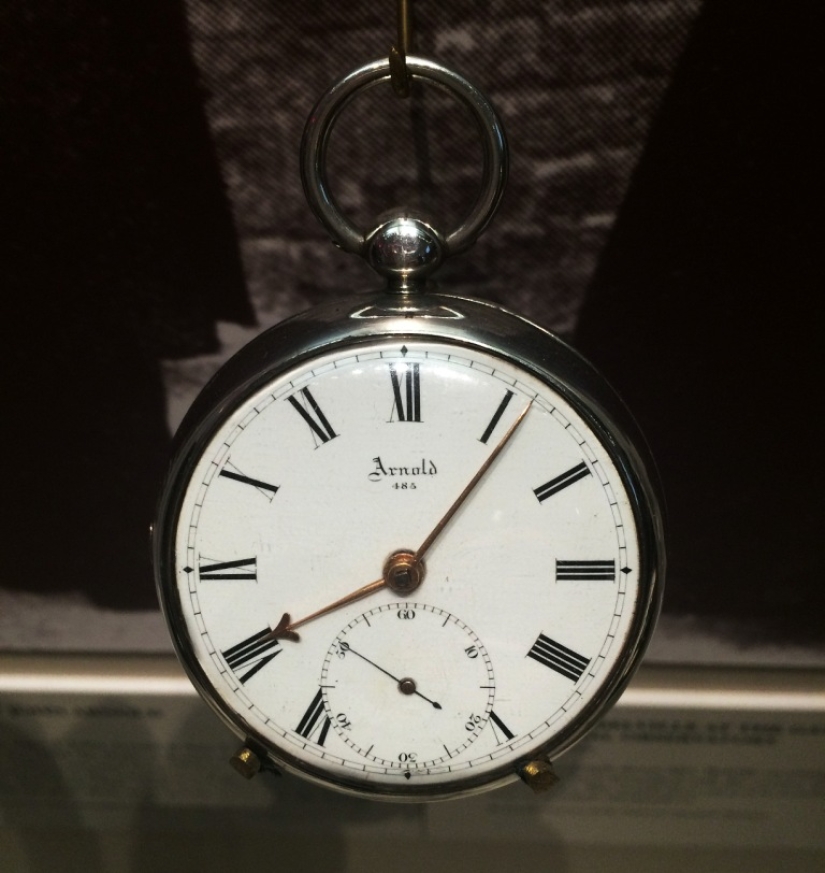
Despite the machinations of detractors, the woman diligently performed her duties, even crossing the 80-year milestone. The Belleville business ceased to exist only in 1940, having existed for almost a century. Ruth Belleville was nicknamed Lady Time in London and was considered a living legend of the British capital. Before her death, the woman handed over the famous Arnold watch to the London Watch Company. Now they can be seen in the London Watchmakers' Museum.
Although clocks are man-made objects, the principle of which has been thoroughly studied, many strange and even mystical stories are associated with them. For example, it is still unknown exactly what caused the Paris crash in 1902.
Recent articles

Admit it, was served at the New year, the traditional basin Olivier in a carved crystal vase? If so, then surely many other things ...

Undoubtedly, making a film is a huge and very responsible job that requires attention to every detail. During the creation of a big ...

The cycle of color photographs captured in the distant 1911. Where one hundred years ago, took a color? How was it done? Indeed, ...